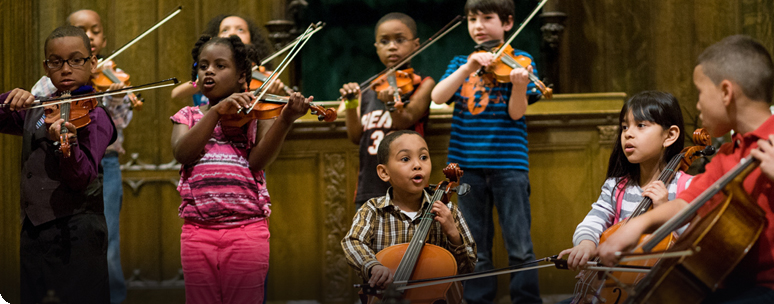 For this season of our popular Sonata Series, Community MusicWorks is excited to offer a listener’s choice: Join us in-person at Bell Street Chapel or enjoy the concert online through our first-ever live-streaming event.
For this season of our popular Sonata Series, Community MusicWorks is excited to offer a listener’s choice: Join us in-person at Bell Street Chapel or enjoy the concert online through our first-ever live-streaming event.
The Sonata Series spotlights our wonderful resident musicians in programs of solo and duo music presented in collaboration with fabulous guest artists. Each program is curated with works selected by the musicians in combinations that represent a thematic arc and a range of artistic voices. This season, you’ll hear some familiar favorites and some works that may be newer to your ears. We hope you’ll join us for these very special evenings!
Sonata Series Event #1 features resident musicians Chloë Kline, viola, Miguel Vasquez, cello, and guest pianist, Eliko Akahori, for a rich and moving program of Hindemith, Villa Lobos, and Beethoven.
Paul Hindemith’s Viola Sonata Op. 25, No.1 is a tour de force for the unaccompanied viola and shows the composer’s writing in a radical phase. The sonata traverses emotions from the fierce and nearly aggressive, to pleading moments, and ending with an elegiac movement.
Heitor Villa-Lobos’s Elegie for Cello and Piano from 1916 carries a nostalgic and plaintive lyricism throughout both instruments. The Ludwig van Beethoven Sonata No. 4 for cello and piano (Op. 102, No.1), sometimes called the “Free Sonata” because of its departure from conventional form, may be unexpected in structure but familiar in its musical representation of a wide range of human emotional experiences.
This is a program you won’t want to miss! Click to watch!
Community MusicWorks is grateful to Melanie and Stephen Coon for their sponsorship of the live stream for the Sonata Series in Season 26.
